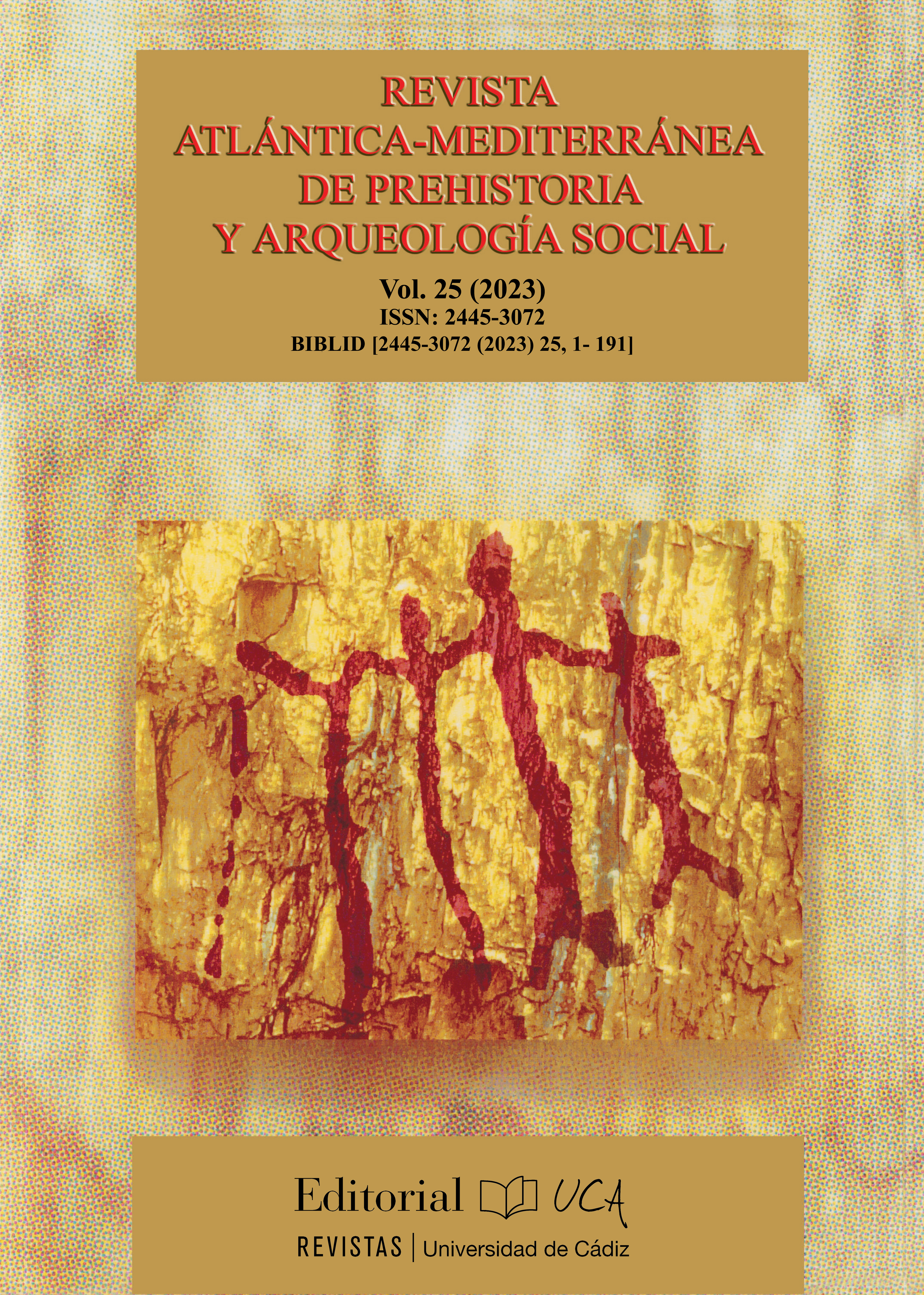周口店遗址中国考古发祥地.Zhongguo kaogu faxangdi. The Zhokoudian site. Cradle of modern Chinese Archeology. A simple tribute on the Centenary of the discovery of Peking Man

DOI
https://doi.org/10.25267/rev_atl-mediterr_prehist_arqueol_soc.2023.v25.02Info
Abstract
The purpose of this study is none other than to remember the people who once took part, in one way or another, in the beginnings of paleontological and archaeological research in China during one of the most turbulent times in its history, placing special emphasis on the person of Doctor Otto Zdansky, often forgotten or not recognized as the first discoverer of Peking Man. Between the last years of the Qing dynasty and the formation of the Republic, prominent paleontologist-anthropologists arrived in China in search of fossil remains for Western museums. China was waking up from its scientific backwardness and knew how to take advantage of that arrival by incorporating its university students into its work teams. As will be seen, the Second World War and the Civil War practically stopped field work, but the foundations of what is today one of the nations that devotes the most scientific, economic and social commitment to Archeology were already solidly established; and all, for a simple tooth.
Keywords
Downloads






